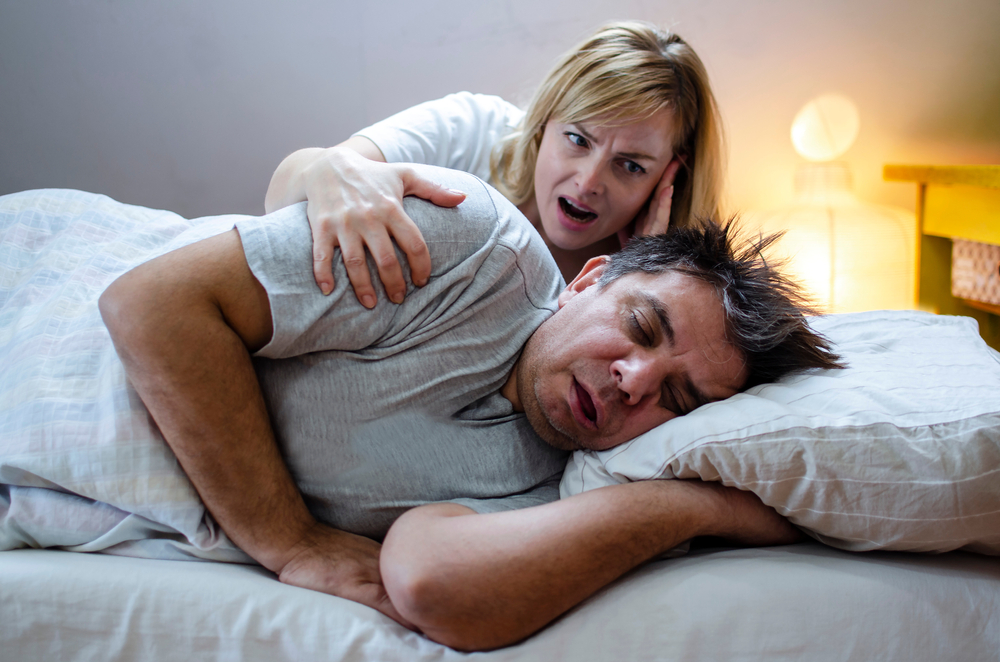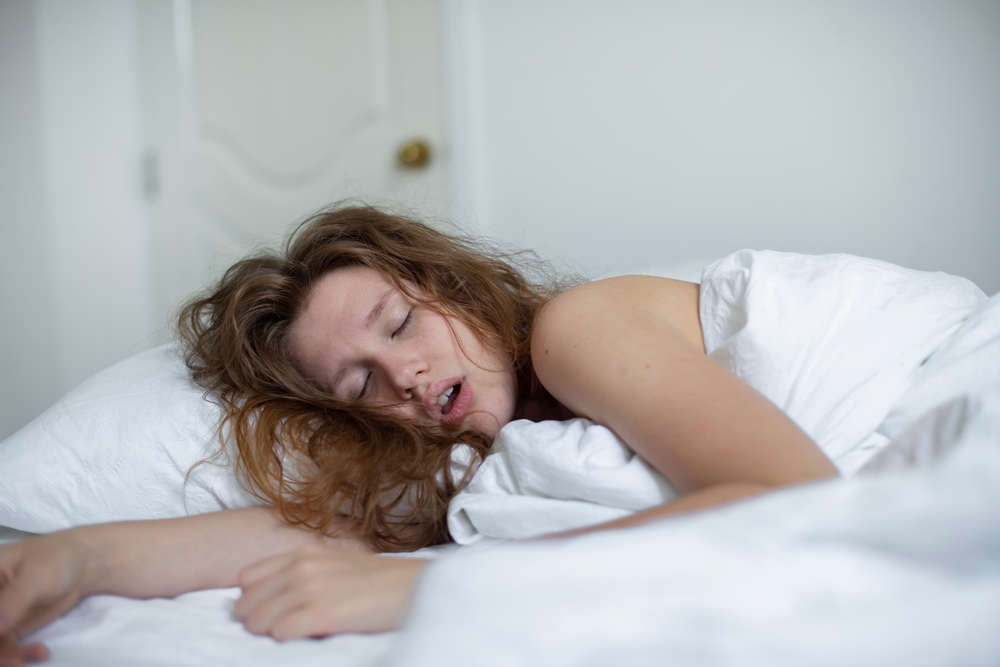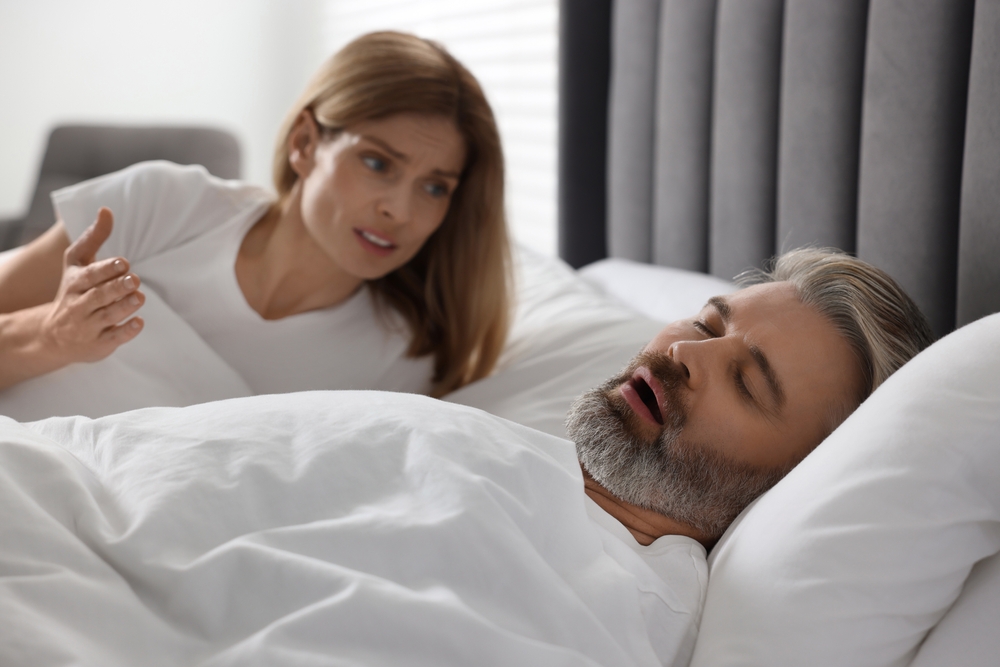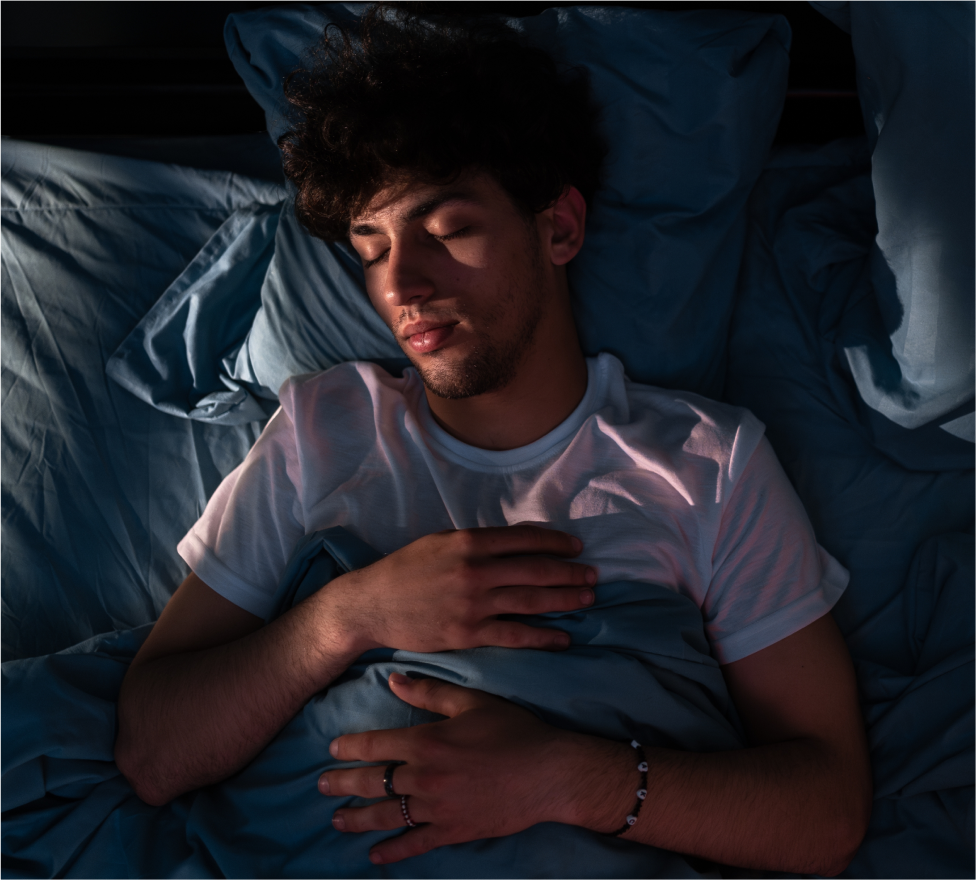
Radiofrequency for Snoring
At Skin Medical radiofrequency (RF) technology is used to successfully treat snoring. While there are several snoring aids on the market, clinical research has shown that radiofrequency is the most suitable option due to its long-term success and the minimally invasive nature of treatment.

Radiofrequency for snoring is a simple outpatient procedure.
It works by introducing a bipolar applicator probe to the problem tissue.
The probe applies a low radiofrequency current to the problem areas, heating the tissue.
The heated tissue hardens and shrinks over a period of time which, by reducing the obstruction and thus opening the airway, reduces snoring.
1.
ENQUIRE
Call, message, or pop in at our clinic and speak to our welcoming team.
2.
CONSULTATION
Attend a consultation to see which treatment is right for you.
3.
APPOINTMENT
Sit back and relax in the care of our skincare professionals.
4.
AFTERCARE
Get the best results from your treatment with our aftercare solutions.
FEEL CONFIDENT IN YOUR SKIN
Our skin clinic specialises in a range of treatable conditions, from acne to wrinkles, and everything in between.

How radiofrequency for snoring treatment works
A local anaesthetic is injected in the areas to be treated, then a bipolar applicator probe is introduced to the soft palate tissue that is causing the problem. A low radiofrequency current is generated via the probe for just a few seconds at selected points. This heats the soft tissue which will then harden and shrink over a period of time, thus eliminating the problems that cause snoring.
When the treatment is finished, the patient can take over-the-counter painkillers such as paracetamol to counteract any slight discomfort and can resume normal activities after a short recovery period of around thirty minutes.
Some patients may require a reshape of soft tissue and partial ablation of the uvula. This is also achieved with radio frequency. Patient are assessed initially by a medical nurse practitioner practitioner who will advise on the relevant procedure for you following your assessment.
We will then arrange a follow-up appointment to check that the treatment was satisfactory and successful.
Frequently Asked Questions
Frequently asked questions about RadioFrequency for snoring treatment
Is your clinic registered?
Yes, it is registered with the Care Quality Commission (CQC).
Who performs the snoring treatment?
Your treatment is applied by a fully-qualified ear, nose and throat (ENT) consultant – an experienced surgeon who is trained to operate the sophisticated radiofrequency equipment we use.
Is the treatment painful?
No. The treatment is given under local anaesthetic so you will have one or more injections similar to those you get when you have dental treatment. You may feel a very slight discomfort after treatment which is readily counteracted by over-the-counter painkiller such as paracetamol.
How successful are radiofrequency treatments?
Surveys by the radiofrequency equipment provider revealed that more than 90% of patients obtained significant snoring noise reduction after their first treatment. At Skin Medical, we screen suitable clients thoroughly at our pre-assessment clinic in order to obtain higher success rates for first time treatments, and 80% of our patients year-on-year have stated that they are very happy with treatment outcomes.
How do I arrange my treatment?
The process starts with a consultation and pre-assessment where our clinician will explain the causes of snoring, the treatment available, and our procedure. We assess your suitability fully and then propose the radiofrequency treatment best suited to you. We offer two types of radiofrequency treatment, which will be discussed with you at consultation.
How long will the treatment take?
The treatment typically takes 20-30 minutes. The procedure starts with the ENT consultant providing an endoscope examination and explanation of the procedure. The actual application of the radiofrequency is normally less than 10 minutes.
How soon can I return to work or normal everyday activities?
When the treatment is completed you will be advised to relax in the clinic’s recovery room for a short while. Once we are satisfied that everything is fine you will be free to return to normal activities.
How soon will I experience some improvement?
The radio frequency snoring treatment shrinks the tissues that cause the snoring problems over a period of time. This will vary from patient to patient, but you should expect to see some improvement in around four to six weeks.
What shall I do after treatment?
Following treatment, you may feel some mild discomfort. This can be treated with over-the-counter painkillers. To monitor the success of your treatment, we will arrange for you to come in for a follow-up appointment.
Long-term solutions for snoring?
There are other long-term snoring solutions available such as laser procedures. Laser treatment is used to treat most snoring problems or people looking at how to stop snoring. However, laser procedures are not an ideal solution as they can be expensive, painful and cause a number of side effects. Side effects include a lengthy recovery period, a permanent ‘lump in the throat’ sensation and, in some cases, patients may even find themselves regurgitating food through their nose. In comparison, radiofrequency technology is a much better option. It is painless, has a relatively short recovery time and is cost-effective.

 Menu Item
Menu Item

